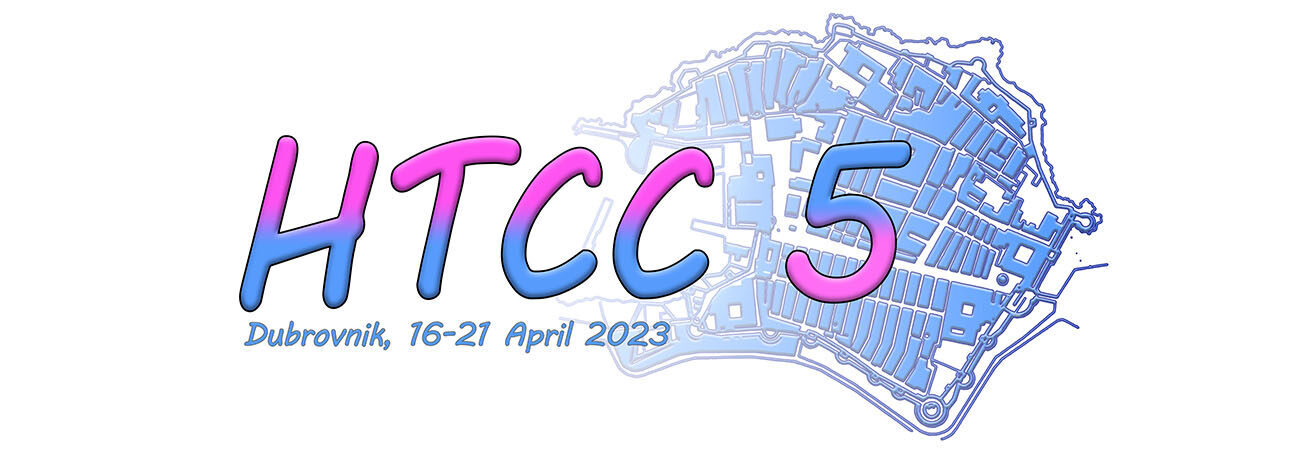HT1: Crystallization
L1 (Lecture): How to crystallize a protein: the basic concepts
Terese Bergfors
Crystallization Platform at the Dept. of Cell and Molecular Biology
Uppsala University
Sweden
X-ray crystallography accounts for most of the structures in the Protein Data Bank. Although a powerful method, it requires crystals and proteins are notoriously difficult to crystallize. The first part of this lecture explains these inherent difficulties and why massive screening trials are necessary. Once crystals do appear, they are harvested, cryocooled and x-rayed at a synchrotron. An overview of these steps is presented.
Part II explains the classical vapor-diffusion setup and its phase diagram. The phase diagram is a map of the events that occur in the vapor-diffusion experiment. The following concepts will be explained from the ground up for people with no previous experience of protein crystallization.
- the two important concepts of supersaturation and nucleation
- how precipitants are used to drive the protein into a state of supersaturation
- the three possible mechanisms by which precipitants manipulate the water of solvation around the protein
- mosaicity and other reasons crystal growth ceases
Suggested readings:
Bergfors, T. (editor) Protein Crystallization, Third Edition 2022. International University Line, La Jolla, 670 pages
McPherson, A. and Gavira, JA. Introduction to protein crystallization. 2014. Acta Cryst F, vol. 70, 2-20.
Asherie, N. Protein crystallization and phase diagrams. 2004. Methods vol. 34, 266-272.
